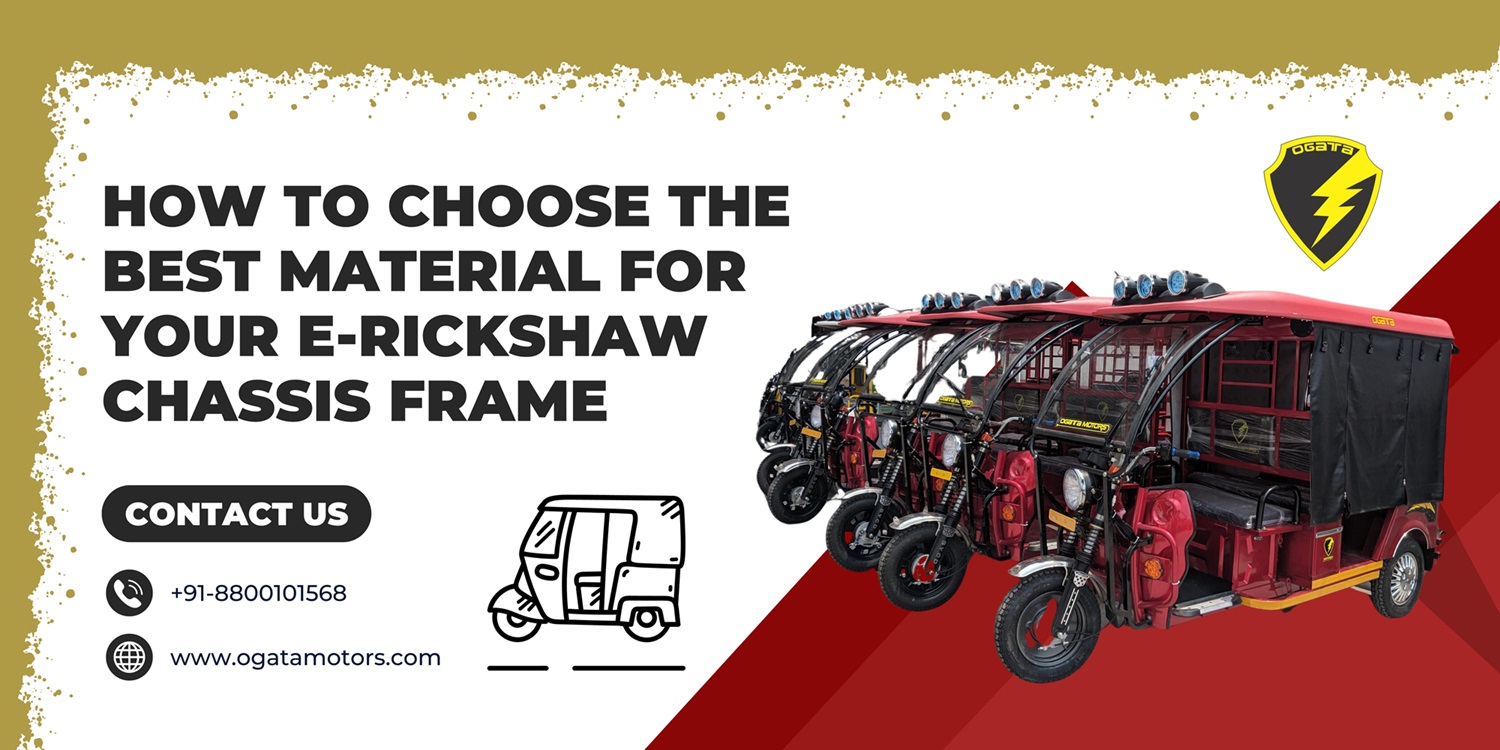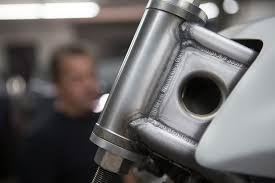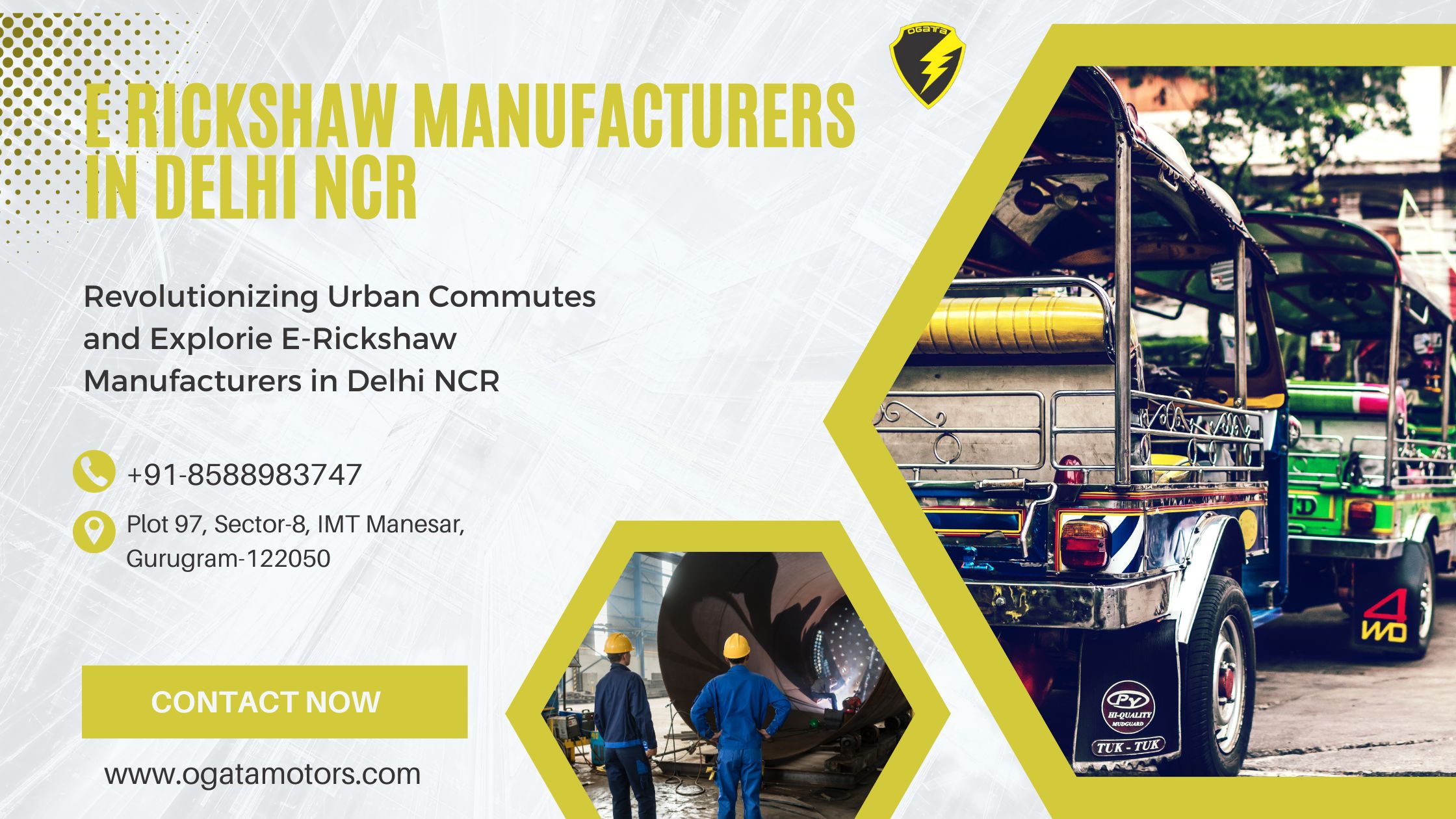How to Choose the Best Material for Your E-Rickshaw Chassis Frame
In the area of electric rickshaws, the chassis body performs a pivotal role in ensuring durability, safety, and widely widespread overall performance. Choosing the right fabric for your e-rickshaw chassis frame is vital for the durability and performance of the car. In this blog, we will delve into the elements that have an effect on the choice of materials and provide precious insights to help you make an informed choice.
Understanding the Importance of E Rickshaw Chassis Frame
The chassis body serves as the spine of any automobile, offering structural support and housing vital additives along with the battery, motor, and passenger compartment. In the case of e-rickshaws, which might be gaining a reputation for his or her eco-friendly and price-effective nature, the chassis frame will become even more critical. It has to be strong enough to resist the trials of each day commuting whilst also being lightweight to maximize strength performance.
Factors Influencing Material Selection
Several elements come into play while selecting the fabric for an e-rickshaw chassis frame. Each cloth has its specific residences that affect the general performance and value of the car.
1. Strength and Durability:
The fabric's electricity is paramount in ensuring the protection of passengers and the durability of the automobile. Steel, with its high tensile strength, is a popular choice for e-rickshaw chassis frames. It presents wonderful sturdiness, making it appropriate for the annoying conditions of city commuting.
2. Weight Considerations:
Balancing electricity with weight is important for e-rickshaws, as lighter frames contribute to better energy performance. Aluminum is an opportunity material that gives a great compromise between power and weight. It is corrosion-resistant and might notably reduce the overall weight of the automobile.
3. Cost Efficiency:
Cost is a crucial thing for manufacturers and customers alike. While materials like titanium offer high-quality electricity-to-weight ratios, they may be frequently value-prohibitive. Manufacturers need to strike stability among overall performance and cost-effectiveness to make e-rickshaws handy to a wider market.
4. Corrosion Resistance:
E-rickshaws regularly perform in numerous environmental conditions. Choosing a fabric with first-rate corrosion resistance is crucial to ensure the longevity of the chassis frame. Stainless metallic is a popular choice in this regard, as it gives robust corrosion resistance without compromising power.
5. Manufacturability:
The ease of running with a cloth throughout the manufacturing system is every other consideration. Materials like metal and aluminum are known for their manufacturability, bearing in mind efficient production strategies and fee-effective manufacturing.
Commonly Used Materials for E Rickshaw Chassis Frames
Now that we apprehend the factors influencing the material selection, let's discover a number of the typically used substances for e-rickshaw chassis frames:
1. Mild Steel:
Mild metal is a price-powerful alternative with exact energy and durability. It is broadly used in e-rickshaw chassis frames, imparting a balance between performance and affordability. Regular protection is needed to prevent corrosion.
2. Stainless Steel:
Known for its corrosion resistance, chrome steel is a great choice for e-rickshaws running in humid or coastal areas. While barely greater high priced than mild metallic, its longevity and low protection requirements make it a popular choice.
3. Aluminum:
Aluminum chassis frames are gaining a reputation because of their lightweight nature. They contribute to progressed energy performance and are proof against corrosion. However, aluminum tends to be more expensive than metal, impacting the average vehicle fee.
4. Composite Materials:
Some producers discover composite substances, such as carbon fiber-reinforced polymers, for e-rickshaw chassis frames. These substances offer a high strength-to-weight ratio however, they may also come at a higher fee.
Making the Right Choice for Your E Rickshaw
Choosing the fine material for your e-rickshaw chassis body requires careful attention to the factors noted above. It's vital to strike stability between power, weight, fee, and other applicable elements to ensure optimal performance and longevity.
Collaborating with professional manufacturers and providers is vital in obtaining remarkable materials for your e-rickshaw manufacturing. Additionally, staying informed about brand-new advancements in materials and production methods can contribute to creating knowledgeable selections for your business.
In conclusion, the fabric preference for your e-rickshaw chassis body plays a pivotal role in determining the overall achievement of your vehicle. By thinking about elements together with electricity, weight, fee, and corrosion resistance, you could make a nicely-informed decision that aligns with your enterprise dreams and contributes to the sustainability of your e-rickshaw fleet.
For first-rate e-rickshaw chassis frames and dependable production solutions, remember partnering with Ogata Motors, a logo regarded for its commitment to excellence and innovation in electric-powered mobility. Choose Ogata Motors for a strong and sturdy foundation in your e-rickshaws.




Comments
Post a Comment